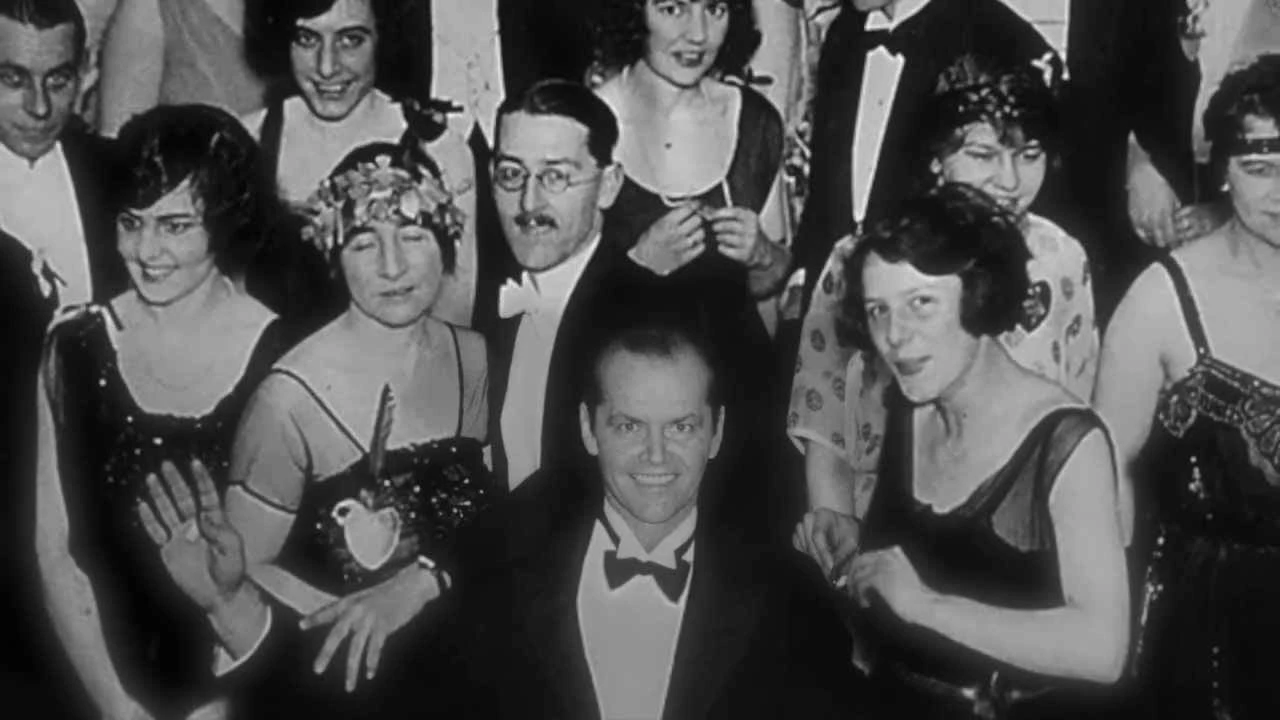'The Shining' Ending Explained: Why Jack Appears In The Photo
The Ending Of 'The Shining': A Recap
The Maze Chase and Jack's Demise
'The Shining' Ending Explained: Why Jack Is In The Photo

Kubrick's Explanation
In a rare explanation, Kubrick hinted that the photograph signifies Jack's reincarnation. He suggests that Jack was a former guest or staff member of the Overlook, explaining his eerie familiarity with Lloyd and Grady. This revelation adds a layer of complexity, implying that Jack is eternally bound to the hotel, trapped in a cyclical existence.
- Jack's pivotal conversation with Delbert Grady in the bathroom, in which Grady cryptically asserts that Jack has "always been the caretaker" and reveals a historical photograph featuring Jack. This scene implies a cyclical nature, suggesting that Jack is somehow linked to the hotel's past, laying the foundation for the absorption theory.
- Kubrick's decision to replace the explosive boiler in the book with a maze chase is central to the absorption theory. The maze, a complex labyrinth, mirrors the layers of the hotel's history and Jack's psyche. As Jack navigates the maze, he becomes increasingly entangled in the hotel's malevolence, reinforcing the notion of absorption.
- The Overlook Hotel, built on an "Indian burial ground," becomes a vessel for the spirits of the past, influencing Jack and other characters. The film hints at the hotel's dark history and its ability to manipulate those within its walls. This dark history serves as the backdrop for Jack's descent into madness and eventual absorption.
- The film's final shot, featuring Jack in the 1921 photo, serves as the culmination of the absorption theory. This photograph, a frozen moment in time, implies that Jack is now part of the hotel's spectral legacy. His presence alongside other guests from the past reinforces the cyclical nature of the hotel's influence, solidifying the absorption theory as a plausible interpretation.
Jack's Appearance in Doctor Sleep
The sequel, "Doctor Sleep," provides a continuation of The Shining's story. It reveals Danny's ongoing struggles with the Overlook's spirits and touches upon Wendy's fate. The movie, directed by Mike Flanagan, even reintroduces Jack Torrance's character in a spectral form. Jack's reappearance in "Doctor Sleep" hints at the absorption theory, with his spirit becoming intertwined with the malevolence of the Overlook.
"The Shining's" ending, with Jack immortalized in a 1921 photograph, symbolizes the cyclical, timeless nature of the Overlook's malevolence. Kubrick's revelation about Jack's reincarnation adds depth to the film's complexity, ensuring that, like the Overlook Hotel itself, the mysteries of "The Shining" endure through time. While interpretations may vary, the absorption theory provides a compelling lens through which to unravel the profound and chilling conclusion of Kubrick's cinematic masterpiece.